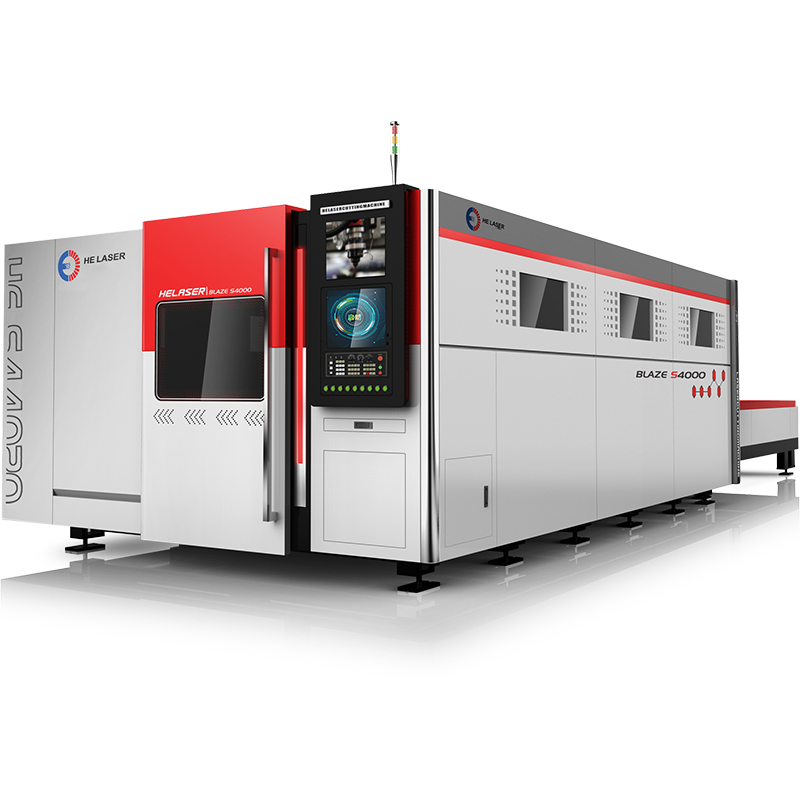
How Laser Cutting Works
Laser Generation:Laser cutters produce a high-energy laser beam through a laser generator. This beam is typically generated by a carbon dioxide (CO2) laser for non-metallic materials or by a fiber laser for both metal and non-metal materials.
Laser Transmission and Focusing:The laser is guided through a series of mirrors and ultimately focused through a lens into a very fine point. This focal point concentrates the laser’s energy into a small area, generating extreme heat.
Material Cutting:When the focused laser beam contacts the material surface, its high heat rapidly melts, vaporizes, or blows away the material directly from the cutting area, achieving precise cuts.
During the cutting process, an assist gas (such as oxygen, nitrogen, or air) is often used to blow away remnants from the cutting area while also preventing oxidation along the material edges.
Motion Control:The cutting head is usually mounted on a multi-axis motion system, allowing the laser to move along a predetermined path to cut the material accurately according to the design pattern.
Advantages
High Precision and Clean Edges: Laser cutting achieves highly precise cuts with clean edges and virtually no burrs.
Fast and Efficient: Laser cutting is quick and can operate continuously, significantly improving production efficiency.
Flexibility: Capable of cutting a variety of materials and complex shapes, from thin metals to thicker plates, without needing to change tools.
Non-Contact Processing: Laser cutting is a non-contact process that avoids mechanical pressure on the material.
High Material Utilization: Due to the very fine laser beam and small cutting gap, material utilization is maximized.
Disadvantages
High Equipment and Operating Costs: The purchase and maintenance costs of laser cutting machines are relatively high.
High Energy Consumption: Laser cutting consumes a significant amount of energy, especially when cutting thick materials.
Thickness Limitations: Although laser cutting can handle various materials, its efficiency decreases and quality may be compromised with very thick materials.
Safety Issues: The high-energy laser produced during the cutting process is extremely dangerous and requires strict safety measures and protection.
Heat-Affected Zone: Laser cutting creates a heat-affected zone near the cut edges, which can alter the material structure.

